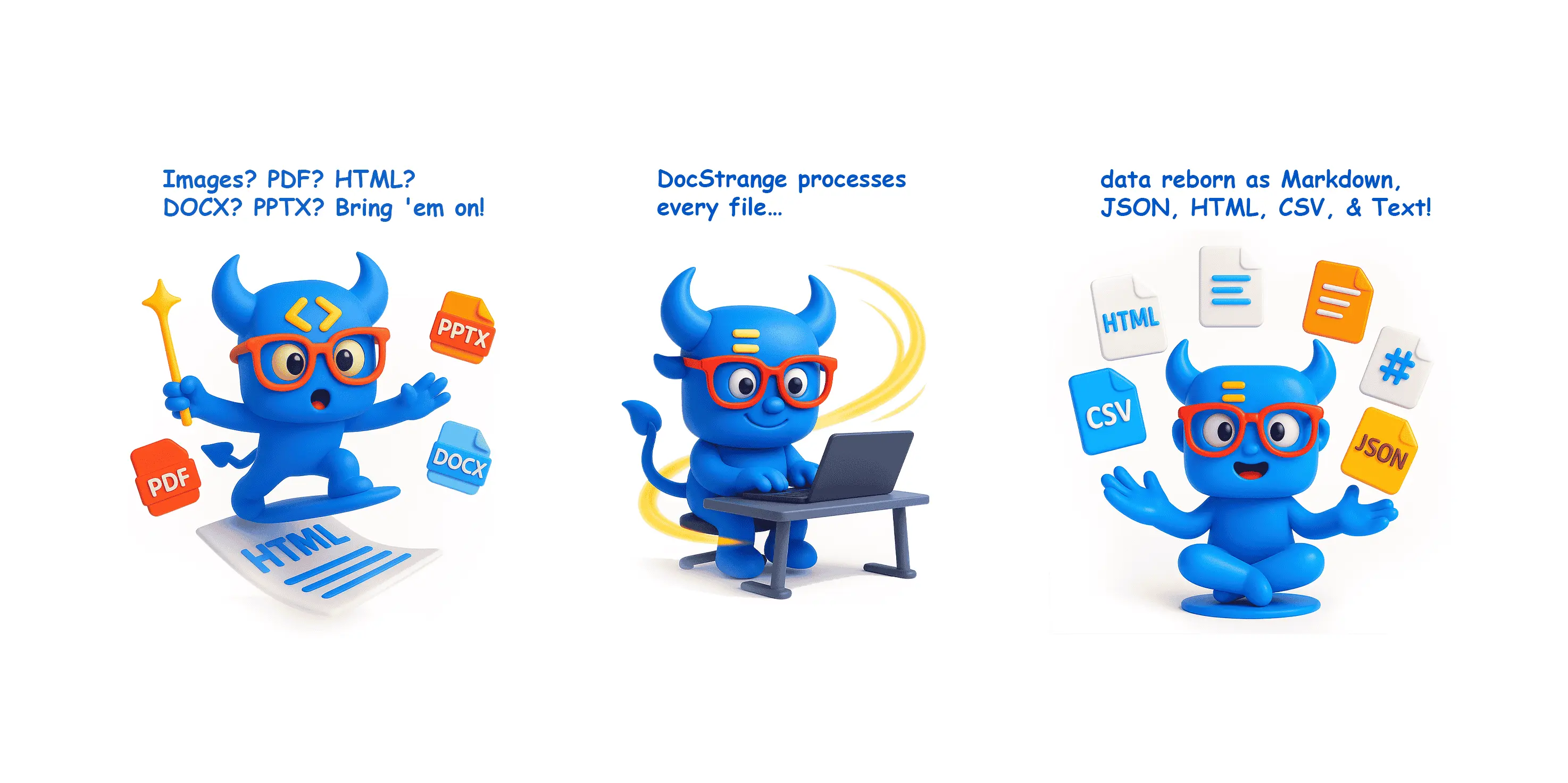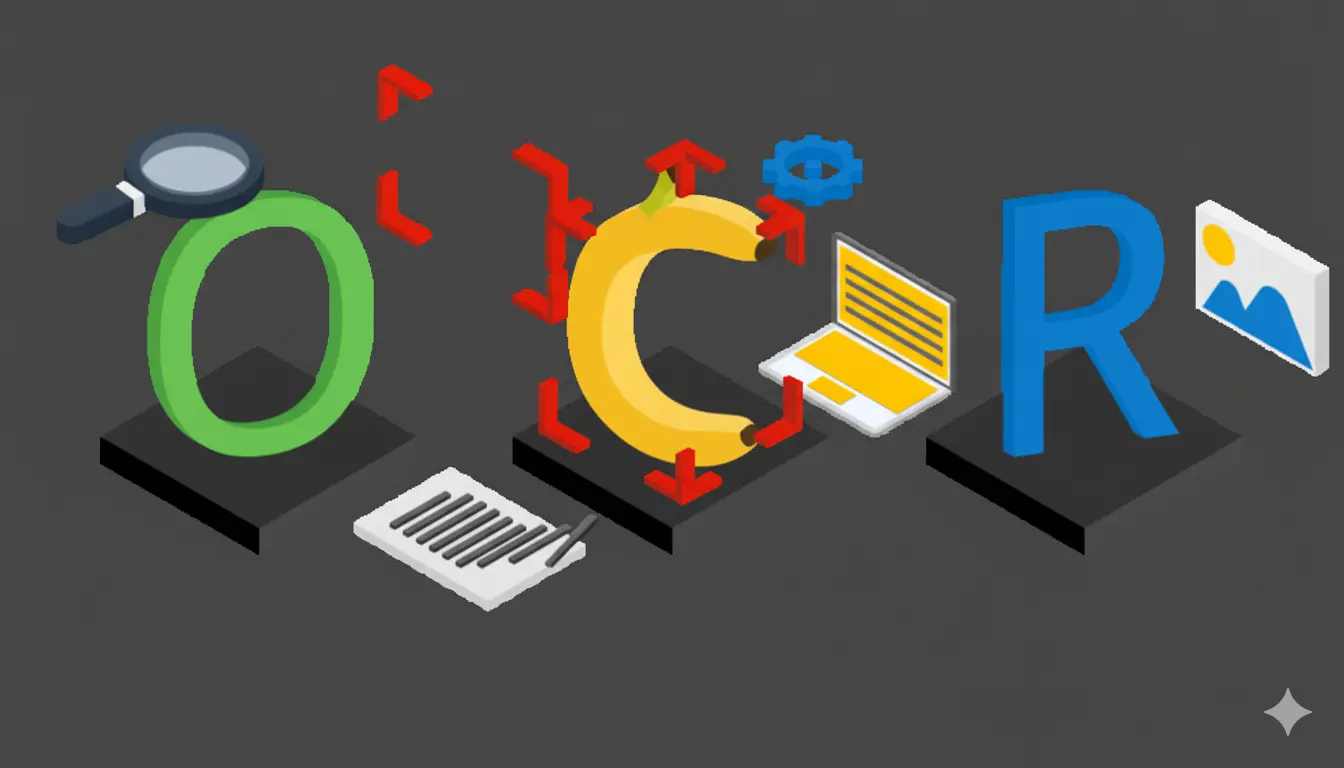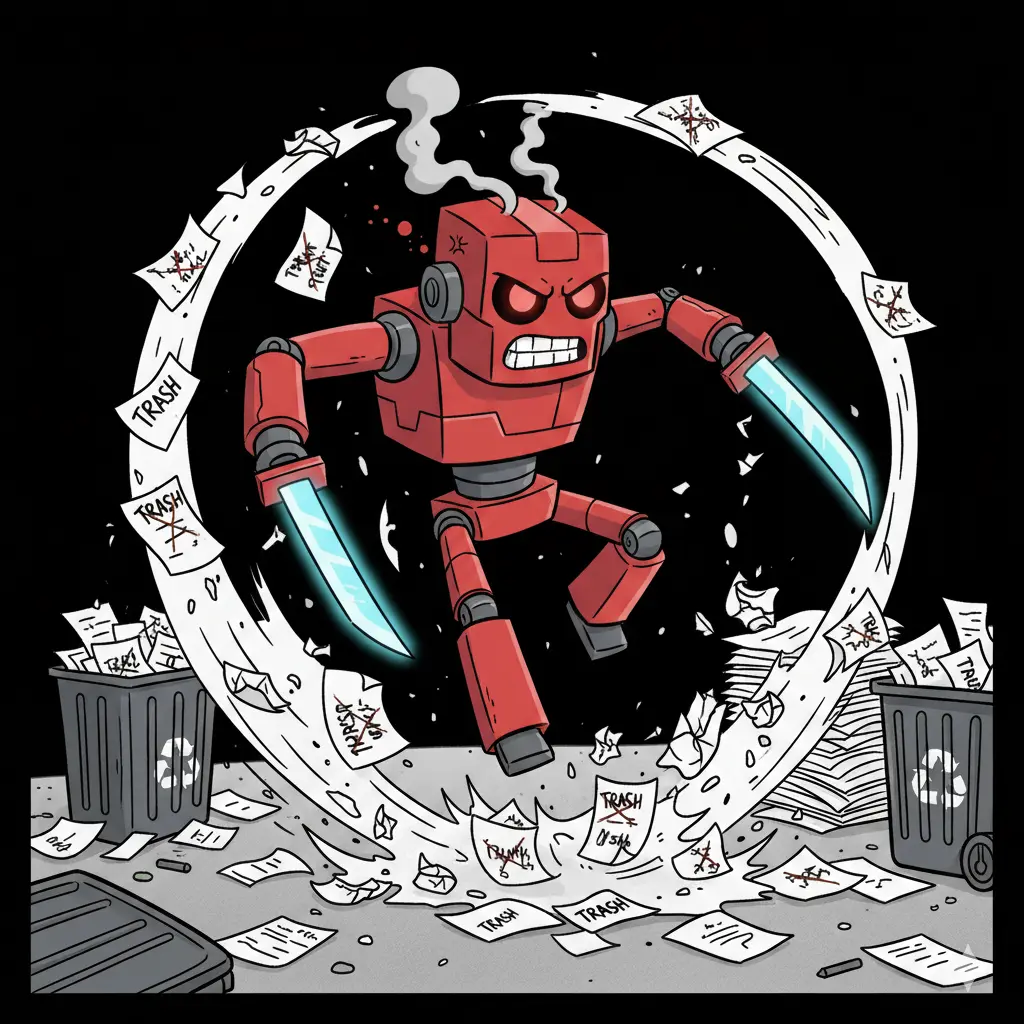
IBM's Granite-Docling: The 258M Parameter Revolution That Actually Works
IBM's compact document AI model delivers enterprise-grade performance without the bloat, challenging conventional OCR approaches with structural preservation
IBM just dropped a 258M parameter bombshell ↗ that’s quietly disrupting the enterprise document processing space. Granite-Docling-258M isn’t another bloated AI model promising the moon, it’s a purpose-built, compact vision-language model that actually delivers on the promise of structural document understanding without the computational overhead.
Why Enterprise Document AI Has Been Stuck
Traditional OCR approaches have fundamentally failed enterprises. They extract text but discard structure, turning complex documents with tables, equations, and precise layouts into flat Markdown that loses all context. The prevailing sentiment among developers is that most document AI solutions either require massive computational resources or produce unusable output.
This structural blindness creates downstream problems for retrieval-augmented generation (RAG) systems and fine-tuning workflows. When your AI can’t understand that a table cell relates to its header or that an equation belongs to a specific section, you’re building on flawed data.
The Granite-Docling Difference: Structure Preservation as First Principle
What makes Granite-Docling-258M ↗ different isn’t just its compact size, it’s the fundamental approach. Instead of adapting general-purpose vision models to document tasks, IBM built this from the ground up for document conversion with structural integrity.
The model uses DocTags, a universal markup format that explicitly separates textual content from document structure. This isn’t just semantic sugar, it’s a structured vocabulary that captures charts, tables, forms, code, equations, footnotes, captions, and their contextual relationships. Each element gets precise location coordinates and relational data, enabling the model to perform OCR within context-aware boundaries.
The technical implementation builds on the IDEFICS3 architecture but replaces the vision encoder with siglip2-base-patch16, 512 and substitutes the language model with a Granite 165M LLM. This specific architecture choice reflects the focus on document-specific tasks rather than general vision-language capabilities.
Enterprise-Ready Performance at Fractional Cost
At 258M parameters, Granite-Docling achieves performance that rivals systems “several times its size” according to IBM’s testing. The cost-effectiveness proposition is compelling: enterprises can deploy document understanding capabilities without the infrastructure overhead typically associated with multi-billion parameter models.
The model handles both inline and floating math and code, recognizes table structure with precision, and preserves original document layout. Unlike conventional OCR that converts directly to Markdown and loses source connection, Granite-Docling’s output maintains structural fidelity ideal for downstream RAG applications.
Multilingual Expansion and Experimental Support
While the earlier SmolDocling-256M-preview was limited to Latin-character languages, Granite-Docling introduces experimental support for Arabic, Chinese, and Japanese. This expansion reflects IBM’s recognition that enterprise document processing can’t be limited to Western languages, a critical consideration for global organizations.
The multilingual approach is pragmatic: the model only needs to parse and transcribe text, not necessarily understand semantic content. This reduces the complexity barrier for supporting non-Latin scripts while maintaining structural preservation capabilities.
Integration and Practical Implementation
Granite-Docling integrates seamlessly with the existing Docling ecosystem. Developers can use it through the Docling command-line interface or integrate it directly into Python applications. The model supports multiple inference modes including full-page processing and bounding-box-guided region inference, providing flexibility for different use cases.
The code example from IBM’s documentation demonstrates straightforward implementation:
The integration with MLX and VLLM frameworks ensures compatibility with modern deployment environments, from local development to cloud-scale implementations.
The Enterprise Document AI Shift
Granite-Docling represents a broader shift in enterprise AI strategy: instead of seeking monolithic models that do everything, organizations are adopting specialized, efficient models for specific tasks. This approach aligns with the emerging consensus that enterprise gen AI requires focused, measurable applications ↗ rather than broad experimentation.
The model’s Apache 2.0 license removes commercial barriers while IBM’s enterprise pedigree provides the governance and support requirements that large organizations demand. This combination of open accessibility and enterprise readiness is particularly compelling for organizations navigating the complex landscape of AI adoption.
Efficiency Meets Capability
IBM’s Granite-Docling-258M isn’t just another AI model release, it’s a statement about the future of enterprise AI. By delivering document understanding capabilities in a compact, efficient package with structural preservation, IBM is challenging the notion that bigger models are necessarily better.
For enterprises drowning in unstructured documents but hesitant to deploy massive AI infrastructure, Granite-Docling offers a pragmatic path forward. The model is available now on Hugging Face ↗ under Apache 2.0 license, inviting both experimentation and production deployment.
The real test will be whether the enterprise market embraces this specialized approach or continues waiting for mythical general-purpose solutions. Based on the early technical capabilities, the specialists might just have the advantage.



